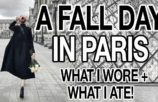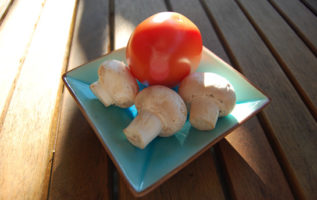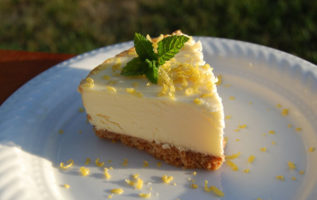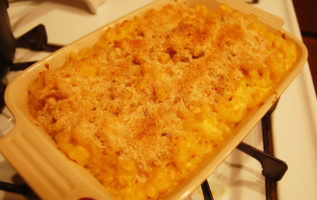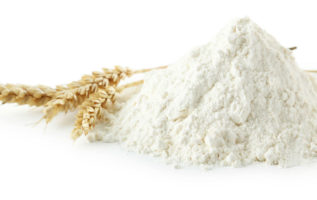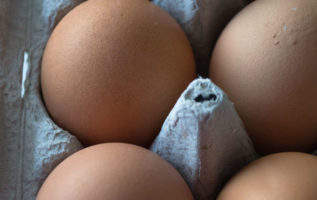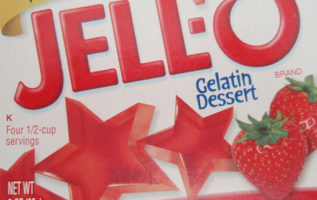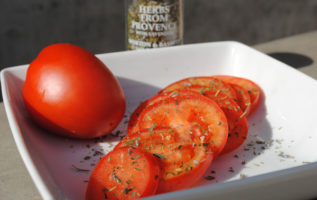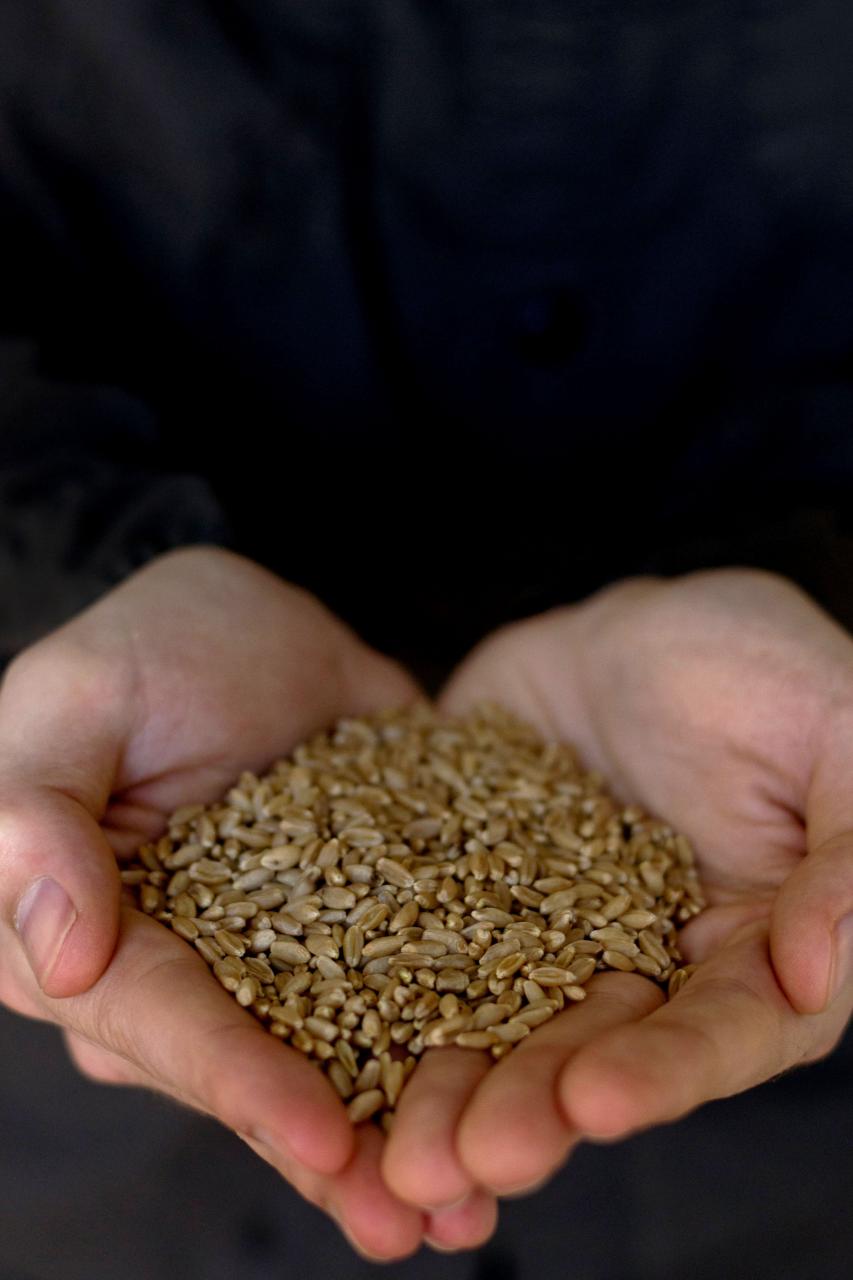
Wheat is a cereal plant whose grains are used to create wheat flour, a vital ingredient in baking. Wheat was one of the first crops domesticated by our ancestors, about 10,000 years ago.
TYPES OF WHEAT
Wheat flour, unsurprisingly, is a powder made from grinding raw wheat grains. There are several types of wheat from which we make flour. Their names are determined by the hardness, color, and season of the wheat.Hard wheat is grittier and higher in protein and is used for bread flours, while soft wheat has a finer grain and lower protein content and is used for pastry flours. The majority wheat grown in America is hard wheat. Spring wheat, which is planted in spring and harvested in summer, has a higher gluten strength and protein content. Winter wheat (planted in fall; harvested in spring) has medium gluten strength and a slightly lower protein content. Club wheat has a particularly weak gluten and low protein content, and is used primarily for cake flour. There are red and white wheats, which are named for the colors of the wheat kernel’s bran.
WHAT’S IN WHEAT?
Wheat kernels are made up of three parts: the bran, the endosperm, and the germ. The bran is the hard outer layer of the wheat kernel, which contains all that awesome dietary fiber that makes you poop real good. There are 7 layers of bran. After you get past all that, you’ll find the endosperm, which has lots of protein and starch. In fact, the endosperm is 50-75% starch and 8-18% protein. It is the the most important part of the wheat kernel when making refined flours. And all the way in the center of it all is the germ, or the seed of the wheat kernel, which contains some fat.
FROM WHEAT TO FLOUR
To turn wheat kernels into flour, we have to break it down into tiny particles, then sift it to leave only the finest bits. The type of flour we want in the end determines how much of that is done. For whole wheat flour, for example, the bran, endosperm, and germ all get to stay in the flour. But for refined flour, some more processing occurs. Today, the milling process typically involves steel rollers that break off the bran and germ, and retain only the endosperm. The endosperm then goes on to be further ground and sifted to become finer and remove any remaining bran and germ particles. Sometimes, vitamins and minerals are added to the final flour to replace those lost during processing, which is why you see enriched flour in stores.
Source: siftandwhisk.com (defunct blog)








